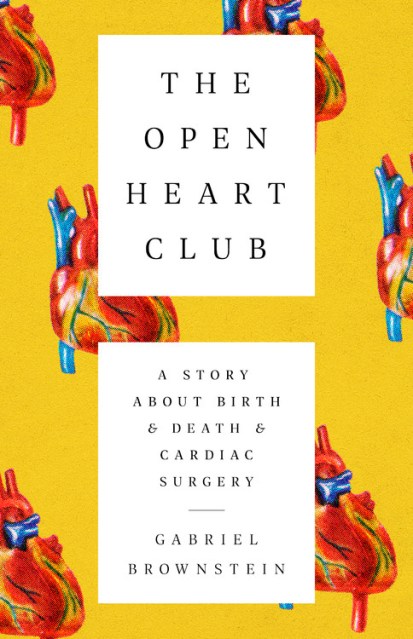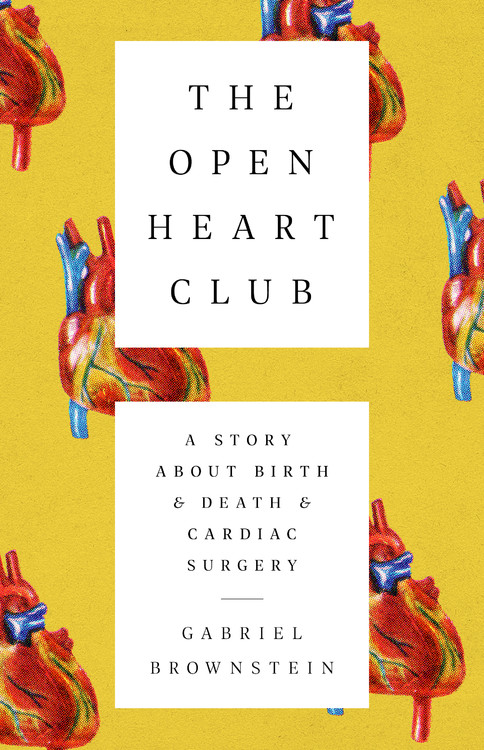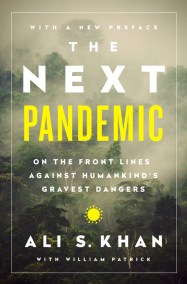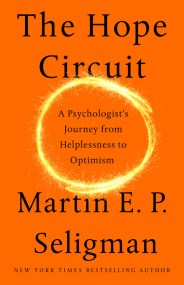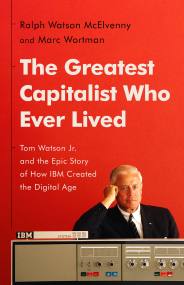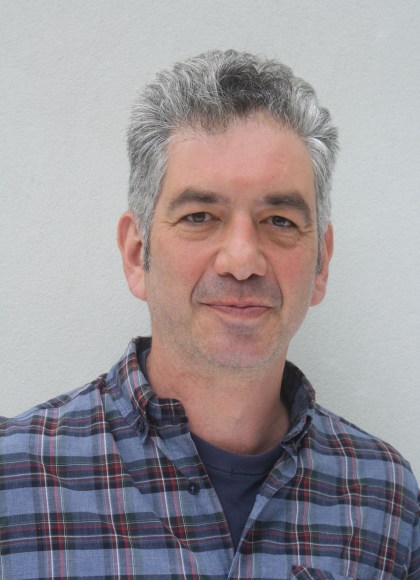Promotion
Use code MOM24 for 20% off site wide + free shipping over $45
The Open Heart Club
A Story about Birth and Death and Cardiac Surgery
Contributors
Formats and Prices
Price
$28.00Price
$35.00 CADFormat
Format:
- Hardcover $28.00 $35.00 CAD
- ebook $15.99 $20.99 CAD
- Audiobook Download (Unabridged)
- Trade Paperback $21.99 $28.99 CAD
This item is a preorder. Your payment method will be charged immediately, and the product is expected to ship on or around October 22, 2019. This date is subject to change due to shipping delays beyond our control.
Also available from:
This absorbing and poignant book is not merely the story of one writer’s flawed heart. It is a history of cardiac medicine, a candid personal journey, and a profound reflection on mortality.
Born in 1966 with a congenital heart defect known as the tetralogy of Fallot, Gabriel Brownstein entered the world just as doctors were learning to operate on conditions like his. He received a life-saving surgery at five years old, and since then has ridden wave after wave of medical innovation, a series of interventions that have kept his heart beating.
The Open Heart Club is both a memoir of a life on the edge of medicine’s reach and a history of the remarkable people who have made such a life possible. It begins with the visionary anatomists of the seventeenth century, tells the stories of the doctors (all women) who invented pediatric cardiology, and includes the lives of patients and physicians struggling to understand the complexities of the human heart. The Open Heart Club is a riveting work of compassionate storytelling, a journey into the dark hinterlands between sickness and health lit by bright moments of humor and inspiration.
Genre:
-
"A compelling plunge into a dark subject by one of the most engagingly honest and warmly sympathetic narrators you'll ever meet."Phillip Lopate, author of To Show and to Tell
-
"The Open Heart Club is a truly heartrending story of one man's lifelong struggle with heart disease, backed up with a powerfully well written history of the people whose discoveries have kept him alive."Mimi Swartz, author of Ticker: The Quest to Create an Artificial Heart
-
"This is an extraordinary book, one that artfully weaves Brownstein's poignant personal recollections together with a fascinating history of ideas and innovations that have ushered in the era of modern surgery. Anyone who cares about medicine, technology, longevity-or the human heart-needs to read this."Jon Gertner, author of The Idea Factory: Bell Labs and the Great Age of American Innovation
-
"Surgery is a miracle. It's easy to forget how radical it is for a doctor to cut into our bodies, make repairs, and close us up again. Life, too, is miraculous, and this is also easy to forget as we go about our daily lives. The Open Heart Club is a tribute to both. This is the story of one man's life and Life itself. Meticulously researched and written with beauty and wonder, this is a story that will make you marvel at every beat of your own open heart."Tayari Jones, author of An American Marriage
-
"[An] engaging account of his uncertain life...Brownstein's warmth and candor will keep readers immersed in this tale of survival in a time of chronic illness."Kirkus Reviews
-
"The history of heart surgery is told in The Open Heart Club as a supremely risky scientific adventure and as a personal memoir ... Brownstein uses his storyteller's skills deftly."Minneapolis Star Tribune
-
"The Open Heart Club sets out to bolster your faith in medical science and in progress…. As a writer Brownstein is cheerful, self-deprecating, and instructive. His prose is lucid; he’s an able popular historian, and he weaves his own story in deftly . . . Again and again, small detonations of gratitude and wonder."Commonweal
- On Sale
- Oct 22, 2019
- Page Count
- 368 pages
- Publisher
- PublicAffairs
- ISBN-13
- 9781610399494
Newsletter Signup
By clicking ‘Sign Up,’ I acknowledge that I have read and agree to Hachette Book Group’s Privacy Policy and Terms of Use
